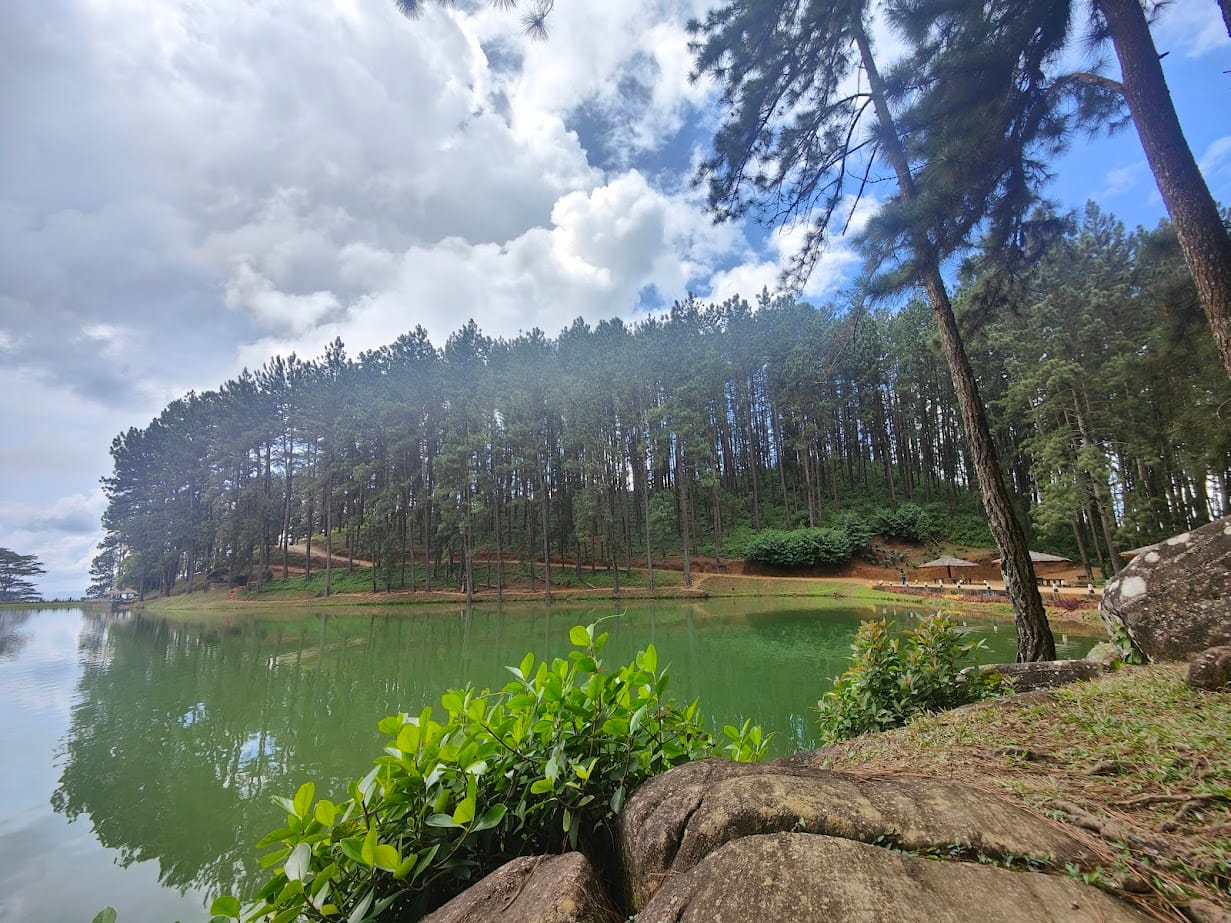Discover the Ancient Marvel of Kimbulagala: The Crocodile Rock – Vavuniya

Find a list of unique cultural and historical attractions in Sri Lanka and start with Kimbulagala or Crocodile Rock. Sited 9.8km from the bustling town of Vavuniya along the Mamaduwa road, this historical ancient monastery is a representation of the ancient Sri Lankan history and religious importance.

The Beautiful Drive to Kimbulagala To get there, take the Vavuniya-Horowpathana road and turn right to the Mamaduwa road passing beautiful. villages such as Mahakachchakodiya and Eropotana. This rock is located in the vicinity of the districts such as Kebithigollewa, Anuradhapura, Vavuniya and Mullaitivu

the rock provides a wide view of Eropothana Tank and another scenic reservoir known as the Mamaduwa Tank in the distance. Close by is the impressive Eropothana Rock complementing the scenic view, which is an important archaeological feature considered as an historical steeped landmark within the precincts of Kimbulagala. Where the Name Came From During the summit the shape of Kimbulagala is clearly observed to be peculiar, as it appears more like a triangular hill.

The three largest rocks at the top of the monastery is shaped like a crocodile with distinguished head, body, and tail marking it Crocodile Rock with certainty. Cave Inhabitants of Ancient Period and Early Stage of Brahmi Script Kimbulagala has several caves at its foot and on top of the mountain with a unique drip ledges (kataram) on the underground to avoid seepages of rain water.

The art on these caves are scripts in the Early Brahmi script, ranging from the 3rd century BCE to the 1st century CE. Within the cave proper, precise places on a flat area and seats were carved for the purpose of meditating monks. To manage the water run-off, small drains were made in these area. Natural rock ponds which are on the surface indicated supply of water to the resident bhikkhus and elicited the ingenity and resourcefulness integrated in the structural designs of the Buddists’ architecture.






